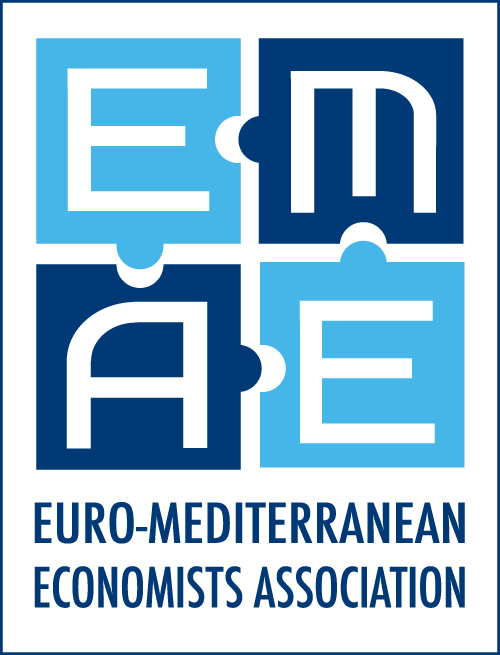The Euro-Mediterranean Economists Association (EMEA) opened its doors to the public last weekend, as part of the Recinte Modernista de Sant Pau’s open day.
EMEA’s team brings together people from across the Mediterranean and beyond, and is headquartered in this historic site in Barcelona. Formerly the Hospital de la Santa Creu I Sant Pau, it is the work of Catalan Modernist architect Lluís Domènech i Montaner, and was declared a UNESCO World Heritage Site in 1997.
With its distinctive and artistic beauty, it is the largest Art Nouveau site in the world, comprising an architectural complex of 12 pavilions set in green space and interconnected by a kilometre of underground tunnels.
Mindful of its use as a hospital, the architect designed a space turned through 45 degrees from the grid of Eixample city blocks designed by Ildefons Cerdà. This gave the space a perfect North-South orientation, providing better ventilation and more hours of daylight.
The pavilion buildings are now modern and functional workspaces where high-social-impact organisations champion a diverse array of projects in the spheres of sustainability, creativity, health, education, culture and innovation. Resident institutions include EMEA, UN-Habitat, the World Health Organisation, EURORDIS – Rare Diseases Europe, and the Barcelona Health Hub. These institutions manage their own programs while also establishing collaborative agreements to carry out projects and activities that strive to respond to some of the greatest challenges facing society.
EMEA is housed in the Pavilion de Sant Jordi, built between 1902-1911, and originally used as the General Emergency Department. Sant Jordi, or Saint George, is the patron saint of Catalonia, and symbols relating to him are common in the architecture of the region. He refused a command to persecute Christians, and so was martyred and decapitated. Catalonia celebrates Saint George’s day every year on 23 April.





